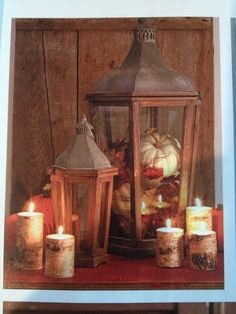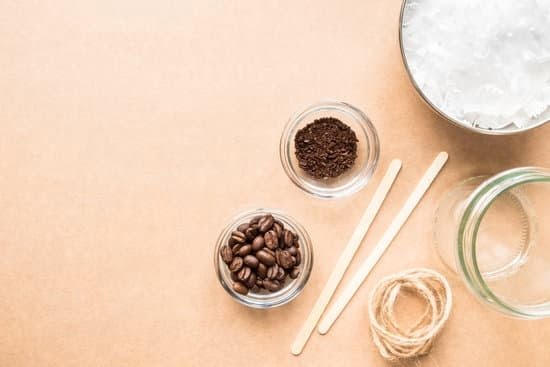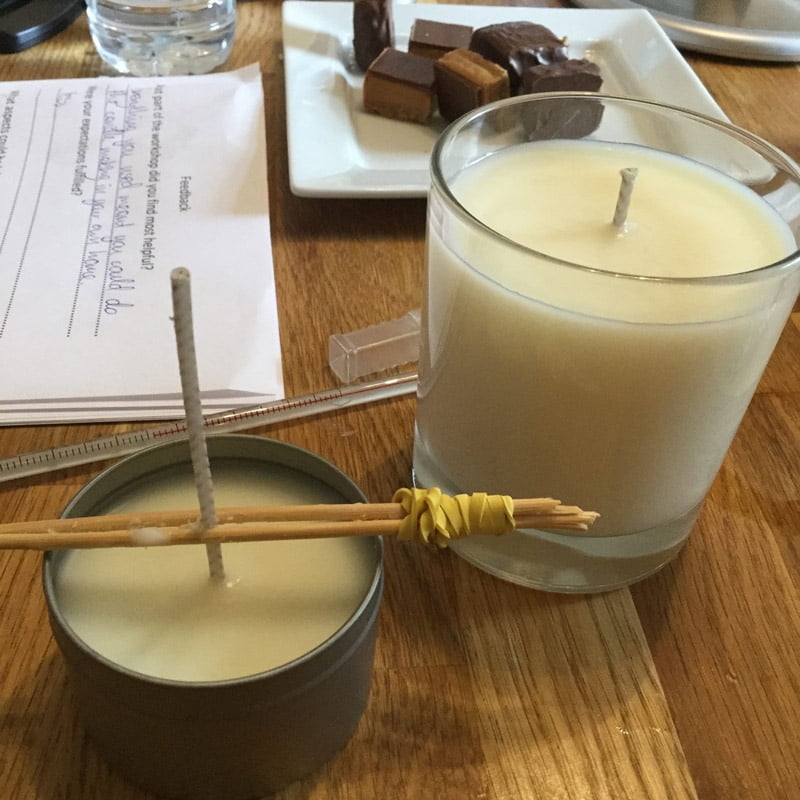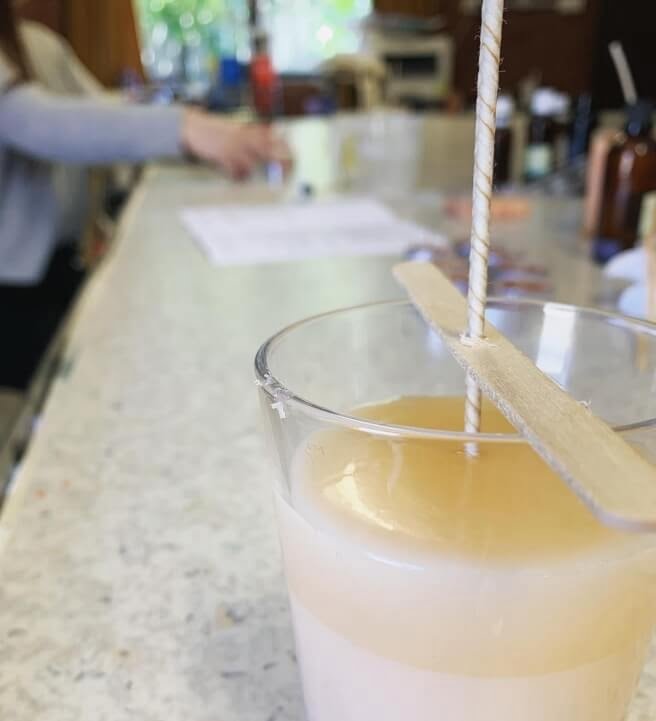When making candles, one of the most important factors to consider is the amount of scent to add. The right amount can enhance the overall experience, while too much or too little can result in a subpar product. As homemade candles continue to grow in popularity, mastering the art of adding just the right amount of scent has become increasingly essential for candle makers.
Scent plays a crucial role in candles as it can significantly enhance and personalize the overall ambiance and experience. Whether creating candles for personal use or as gifts, getting the scent just right is key to achieving a high-quality product. In this article, we will explore the significance of scent in candles, discuss the benefits of getting the scent amount right, and provide practical tips on how to achieve the perfect balance.
Understanding how much scent to put in when making candles is not only essential for achieving the desired fragrance level but also for enhancing a candle’s overall performance and quality. The proper amount of scent can elevate a candle’s aroma and ensure a longer-lasting fragrance, making it more enjoyable for users.
Throughout this article, we will delve into various factors that affect how much scent should be added, how to measure it accurately, and offer tips for achieving the perfect balance.
Benefits of Getting the Scent Amount Right
Getting the right amount of scent in your homemade candles is crucial for achieving the perfect fragrance and overall quality. When you add too little scent, the candle may not emit enough aroma when lit, leading to a disappointing experience for the user.
On the other hand, adding too much scent can overpower the candle, causing it to burn improperly and potentially even emit harmful fumes. Therefore, striking the perfect balance is essential for creating high-quality scented candles that customers will love.
One of the main benefits of getting the scent amount right is enhancing the candle’s performance. The right amount of scent ensures that the candle burns evenly and cleanly while emitting a pleasant aroma throughout its entire lifespan.
Additionally, properly scented candles tend to have a better throw, meaning that their fragrance can fill a room more effectively without being overwhelming. This is particularly important when using natural wax materials such as soy or beeswax, as they require a proper scent balance to achieve optimal performance.
Another advantage of achieving the correct amount of scent in your candles is ensuring their overall quality. Properly scented candles are more likely to garner positive reviews from customers due to their superior fragrance and performance. This can lead to increased customer satisfaction and loyalty, ultimately benefiting your homemade candle business or hobby.
By focusing on getting the scent amount right, you can distinguish your candles in a competitive market and establish a reputation for high-quality products. Ultimately, paying careful attention to how much scent to put in when making candles is essential for both customer satisfaction and product success.
Choosing the Right Type of Scent
When it comes to making scented candles, choosing the right type of scent is crucial in achieving a high-quality and fragrant final product. The type of scent you choose will significantly impact the overall experience of your candle, from its performance to its aroma. There are various types of scents available in the market, ranging from essential oils to fragrance oils, and each one has its own unique characteristics.
Essential oils are natural plant extracts that offer a subtle and authentic fragrance to candles. They are known for their aromatherapeutic properties and are perfect for those looking for a more natural and holistic approach to candle-making. On the other hand, fragrance oils are synthetic compounds specifically formulated for candle-making. They offer a wide range of scents, from fruity to floral to woodsy, allowing for endless creative combinations.
In choosing the right type of scent for your homemade candles, it is essential to consider factors such as personal preference, intended use, and compatibility with your candle material. Additionally, understanding the difference between essential oils and fragrance oils can help you make an informed decision on which type of scent is best suited for your candle-making needs.
It’s important to take into account the intended purpose of your candle and how different scents can evoke specific emotions or cater to different moods. Experimenting with various scents and combinations can help you create unique and personalized candles that align with your preferences or cater to your target audience.
Ultimately, choosing the right type of scent is about creating a harmonious balance between personal preference and intended use while ensuring that it complements the materials used in your candle-making process.
| Type | Description |
|---|---|
| Essential Oils | Natural plant extracts known for their aromatherapeutic properties. |
| Fragrance Oils | Synthetic compounds specifically formulated for candle making offering various scents catering different moods. |
Factors to Consider When Adding Scent
When it comes to making candles, one of the most critical elements is the scent. The right amount of scent can truly enhance the overall experience and quality of the candle. Factors like the candle’s size, shape, and material all play into how much scent to put in when making candles. Here are some key factors to consider when adding scent to your homemade candles:
- Candle Size: The size of your candle will greatly impact how much scent should be added. Larger candles will require more scent than smaller ones to achieve the desired fragrance level.
- Candle Shape: The shape of the candle can also affect how the scent is dispersed. For example, pillar candles may need a different amount of scent compared to container candles due to their surface area.
- Candle Material: Different candle materials such as soy wax, beeswax, or paraffin wax may absorb scents differently. It’s important to consider the material of your candle when determining how much scent to add.
It’s essential to carefully consider these factors and adjust the amount of scent accordingly when making homemade candles. Failure to do so could result in an overpowering or underwhelming fragrance, ultimately impacting the overall quality and performance of the candle.
Remember, achieving the perfect balance of scent in homemade candles can involve some trial and error. By considering these factors and experimenting with different amounts of fragrance oil, you can find your own unique scent balance for your candles, ensuring a delightful olfactory experience for yourself and others.
Measuring the Scent
When it comes to creating homemade candles, the right amount of scent can make all the difference in achieving the perfect fragrance balance. Whether you prefer a subtle hint of scent or a more potent aroma, it’s important to measure the scent accurately to achieve your desired result. Here are some tips for measuring the right amount of scent for your candles:
- Use a kitchen scale: One of the most accurate ways to measure fragrance oils for candle making is by weight. A kitchen scale allows you to measure the exact amount of scent needed for your candle recipe, ensuring consistency in your final product.
- Follow the manufacturer’s recommendations: Different fragrance oils may have varying recommended usage rates. It’s essential to follow the specific guidelines provided by the manufacturer to ensure that you’re adding the correct amount of scent to your candles.
- Consider the wax type: The type of wax you’re using can also impact how much scent is needed. For example, soy wax typically requires more fragrance oil than paraffin wax due to its natural properties.
Measuring the right amount of scent is crucial in achieving the perfect balance and ensuring that your homemade candles have a long-lasting and appealing fragrance. By following these tips and considering these factors, you can master the art of measuring scents for candle making and create high-quality products that are sure to delight your senses.
Ultimately, finding your own unique scent balance for homemade candles may require some experimentation and adjustment. Don’t be afraid to test different amounts of fragrance oil until you achieve the desired level of scent throw in your candles. With practice and attention to detail, you’ll be able to create beautifully scented candles that add ambiance and warmth to any space.
Tips for Achieving the Perfect Scent Balance
When it comes to making scented candles, achieving the perfect scent balance is crucial in creating a high-quality product. The right amount of scent can make all the difference in the overall performance and aroma of the candle. In this section, we will discuss some valuable tips for achieving the perfect scent balance when making homemade candles.
Testing and Adjusting
One essential tip for achieving the perfect scent balance in homemade candles is to test and adjust the amount of scent added. It’s important to start with a smaller amount of fragrance oil and gradually increase it as needed. By conducting small test batches, you can evaluate how the scent performs in different candle materials and determine the ideal amount for your specific recipe.
Consider the Candle’s Purpose
Another valuable tip is to consider the purpose of the candle when determining how much scent to add. For example, a candle intended for relaxation or aromatherapy may require a stronger scent, while a decorative candle may need a more subtle aroma. Understanding the intended use of the candle will help you tailor the scent level accordingly.
Consult With Experts
If you’re new to making scented candles or are struggling to achieve the perfect scent balance, don’t hesitate to seek advice from experts in candle making. There are numerous online forums, communities, and resources where experienced crafters share their insights and tips on how to measure and achieve optimal fragrance levels in homemade candles. Additionally, many suppliers of candle-making supplies offer guidance on selecting and measuring scents for different types of candles.
By following these tips and considering various factors such as testing, purpose, and expert advice, you can improve your chances of achieving the perfect scent balance when making candles at home. Remember that experimenting with different amounts of scent is key to finding your own unique fragrance combination that suits your preferences and enhances your homemade candles’ overall quality.
With attention to detail, patience, and practice, you can master the art of creating beautifully scented candles that provide an exceptional olfactory experience for yourself and others.
Common Mistakes to Avoid
When making scented candles, there are several common mistakes that you should avoid to ensure that you achieve the perfect scent balance. Whether you’re a beginner or an experienced candle maker, it’s important to be aware of these common pitfalls to create high-quality, fragrant candles every time.
Choosing the Wrong Type of Scent
One of the most common mistakes when adding scent to candles is choosing the wrong type of fragrance oil or essential oil. It’s crucial to select a scent that is specifically designed for candle making and suitable for the type of wax you are using. Some scents may not perform well in certain types of wax, leading to poor scent throw and reduced fragrance strength.
Additionally, some scents may react poorly with the candle wax, causing discoloration or other undesirable effects. Be sure to research and choose high-quality scents that are compatible with your candle-making materials.
Using Too Much or Too Little Scent
Another mistake to avoid is using an incorrect amount of scent in your candles. The key is finding the right balance – using too much fragrance oil can lead to overpowering, artificial-smelling candles while using too little can result in a lackluster scent throw.
The ideal amount of scent will depend on several factors such as the type and size of the candle, the type of wax being used, and personal preference. It’s important to carefully measure and weigh your fragrance oils according to recommended guidelines provided by reputable sources or suppliers.
Skipping Testing and Adjusting
Failing to properly test and adjust the amount of scent in your candles is another common mistake that can lead to unsatisfactory results. It’s essential to conduct thorough testing by creating sample candles with different amounts of fragrance oil to determine the optimal level for your specific recipe.
Additionally, consider adjusting the amount of scent based on feedback from friends, family, or customers who have experienced your candles. Testing and making necessary adjustments will ultimately help you achieve the perfect scent balance for your homemade candles.
Conclusion
In conclusion, understanding how much scent to put in when making candles is crucial for achieving the perfect balance and enhancing the overall experience of homemade candles. The right amount of scent not only improves the performance and quality of the candle but also plays a significant role in creating a pleasant atmosphere.
By carefully considering factors such as the type of scent, candle material, and size, as well as measuring methods, anyone can master the art of scented candle making.
Choosing the right type of scent for a particular candle is essential in achieving the desired fragrance level. Whether it’s floral, fruity, or woody scents, pairing them with different candle materials can have a significant impact on the final product. Additionally, measuring the scent accurately is crucial for achieving consistency across multiple batches of homemade candles. By following these guidelines and considering these factors, individuals can avoid common mistakes and achieve their own unique scent balance.
Ultimately, finding the perfect balance of scent in homemade candles is an art that requires experimentation and testing. It’s important for aspiring candle makers to not be afraid to adjust and fine-tune the amount of scent added to achieve their desired fragrance level. By keeping in mind all the factors and tips discussed in this article, individuals can confidently create high-quality scented candles that enhance any space with their inviting aroma.
Frequently Asked Questions
What Is the Best Amount of Fragrance for Candles?
The best amount of fragrance for candles can vary depending on personal preference and the type of wax being used. Generally, a good rule of thumb is to use about 1 ounce of fragrance oil per pound of wax. However, some fragrances may be stronger or weaker, so it’s important to adjust accordingly.
What Is the Ratio of Essential Oils to Wax for Candles?
The ratio of essential oils to wax for candles also depends on several factors such as the type and strength of the essential oil being used. A common recommendation is to use about 1 ounce of essential oil for every 1 pound of wax. However, this can be adjusted based on personal preference and the desired strength of the scent.
What Is the Formula for Candle Making?
The formula for candle making involves measuring out the correct amount of wax, adding in the appropriate amount and type of fragrance or essential oils, melting the wax, adding color if desired, pouring into containers or molds, and allowing it to cool and set. Additionally, proper wick selection and placement is crucial for a successful candle-making formula.

Welcome to my candle making blog! In this blog, I will be sharing my tips and tricks for making candles. I will also be sharing some of my favorite recipes.





